The Essentials of Design: Key Principles for Creating Visual Impact
Introduction
Design is more than visual appeal; it's a strategic way to communicate ideas and engage audiences. By understanding the core principles of design, you can create visuals that are not only beautiful but also effective in delivering your message. This guide breaks down the foundational elements of design, providing you with insights to craft purposeful, impactful visuals.
1. Harmonizing Function and Aesthetics
Great design finds the balance between functionality and aesthetics. A functional design is clear and intuitive, guiding users smoothly through their experience. Aesthetic design, on the other hand, captures attention and creates a memorable impression. Together, these elements make designs not just attractive, but deeply resonant and user-friendly.
2. Essential Components of Design
The building blocks of design each play a unique role in creating well-rounded visuals. Here’s a look at the key elements:
- Line: Lines organize and direct. They can divide space, create structure, add emphasis, or guide the viewer’s eye. A line can introduce hierarchy and flow, adding both aesthetic detail and clarity.
- Shape: Shapes provide the framework of design. Simple shapes like circles, squares, and triangles can convey specific moods or messages—circles suggest unity, squares stability, and triangles dynamism.
- Texture: Texture adds a tactile quality to visuals, making them feel more grounded and engaging. Whether subtle or bold, texture gives depth to the design, enhancing the viewer's experience.
- Color: Color sets the mood and evokes emotions. Understanding color theory and trends allows you to use palettes that complement your message and resonate with your audience.
- Space: Space, or negative space, is essential for clarity. It allows elements to breathe, creating a cleaner, more digestible design. Proper use of space enhances readability and can make a design feel more open and welcoming.
- Form: Form adds depth by transforming shapes into three-dimensional objects, adding realism or emphasis. Form helps create focus, adding a layer of interest and depth to flat designs.
- Typography: Typography is the voice of design. Choosing the right font style—serif for tradition, sans-serif for modernity—helps convey tone and personality, while creating visual hierarchy for clarity.
3. Crafting Effective Layout and Composition
Good design is about more than individual elements; it’s about how they work together. Layout and composition create a visual path, guiding the viewer from one element to the next. Thoughtful composition brings unity and harmony, making your design both aesthetically pleasing and easily navigable.
Conclusion
Design is both art and strategy. By mastering these foundational principles, you can build visuals that are not only beautiful but also effective in conveying meaning. Whether you’re designing for digital media, branding, or print, these fundamentals serve as essential tools for creating designs that connect and leave a lasting impact.
You Might Also Like
Mastering the Principles of Graphic Design: A...
Mastering Typography: The Art of Creating...
Stay Tuned
Stay up to date with our latest courses.













.png?width=130&height=53&name=image%2027%20(1).png)
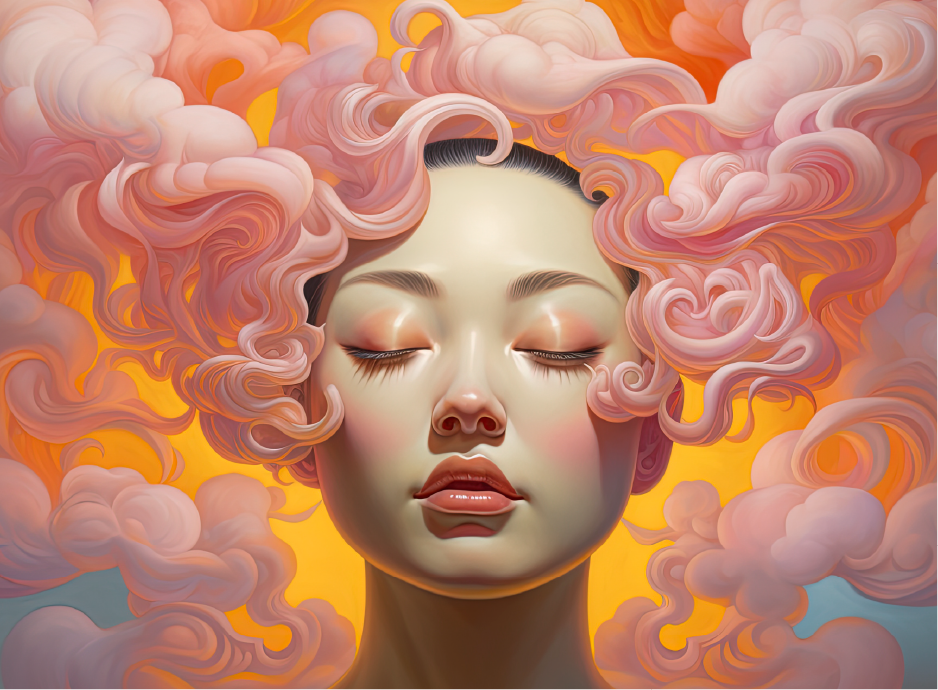




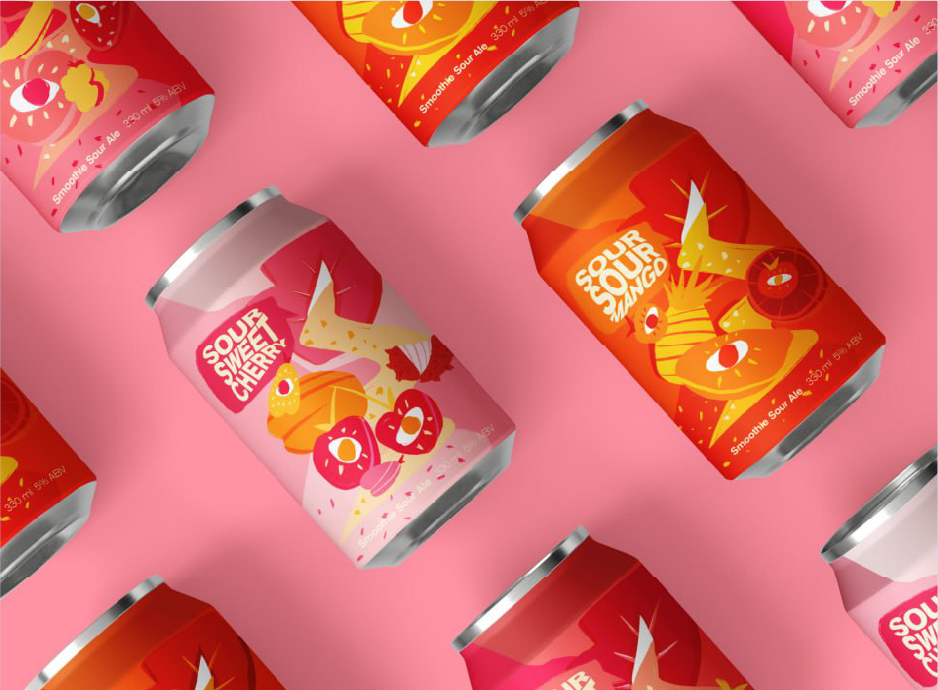

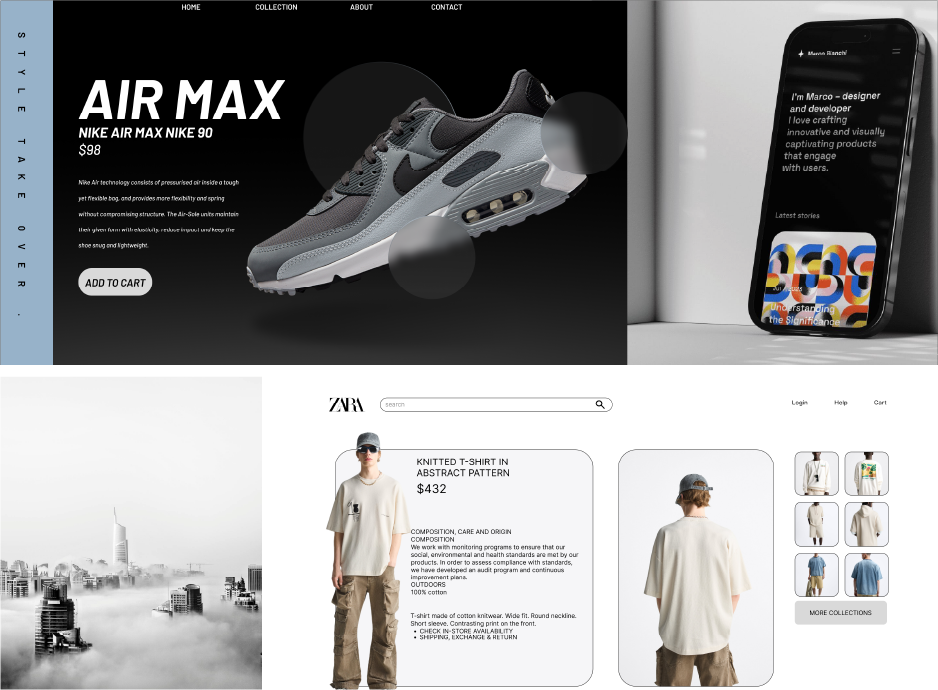

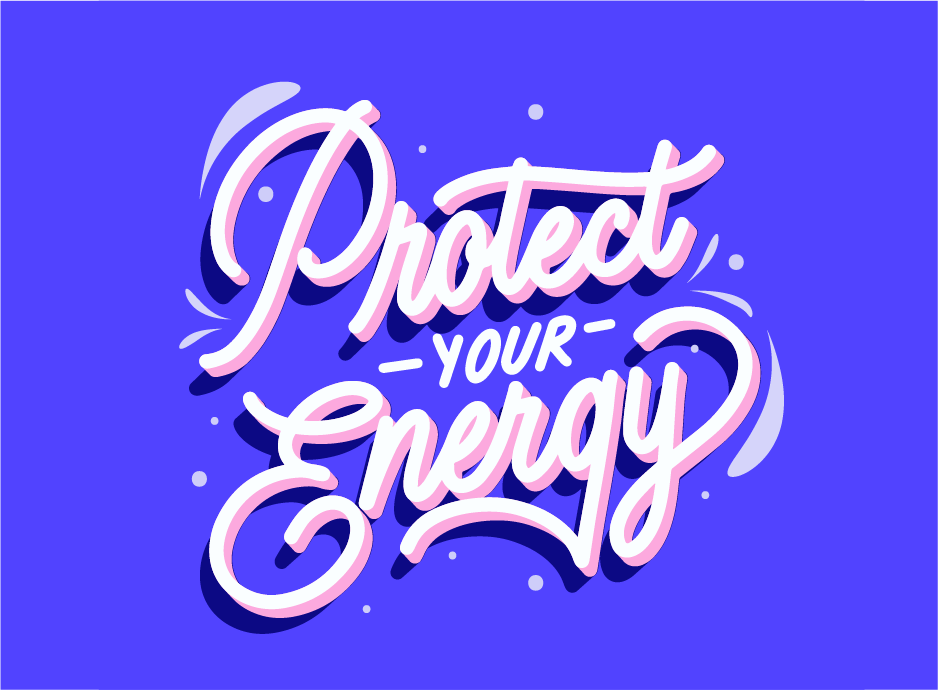
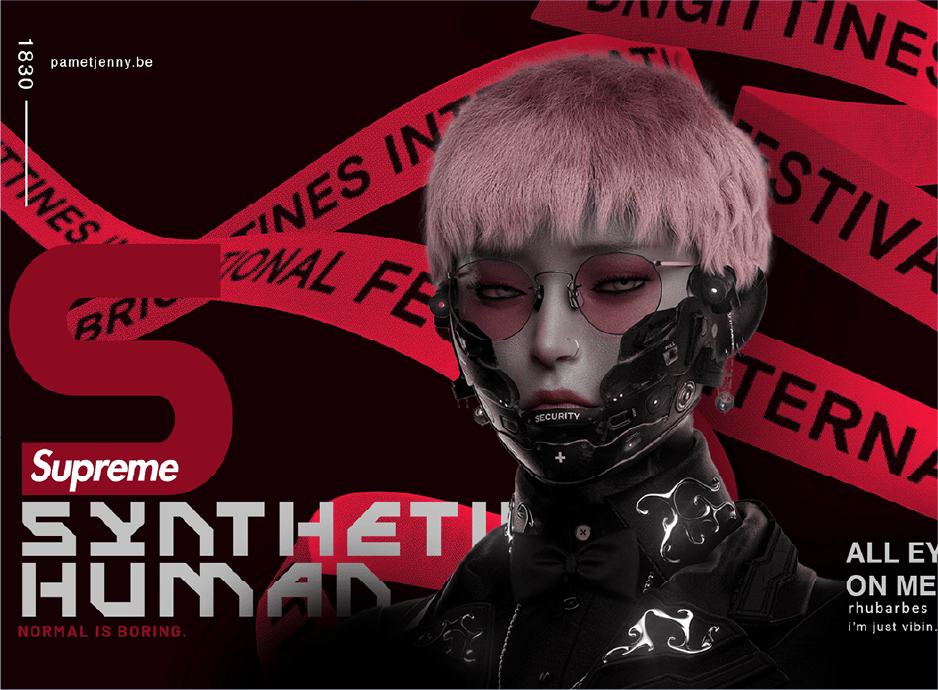



.jpg)
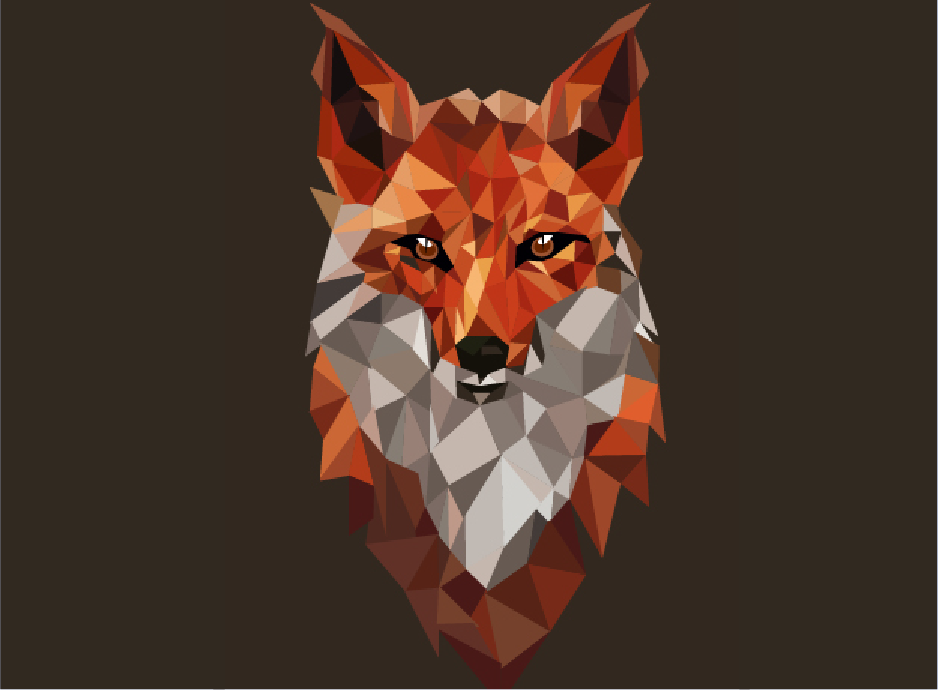
BOOK A FREE CONSULTATION